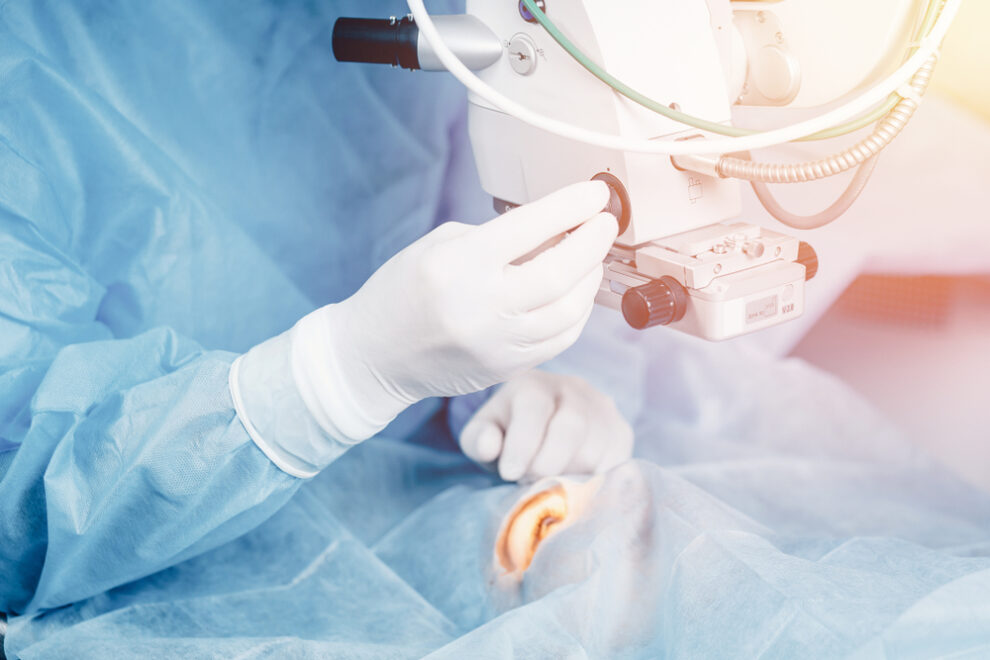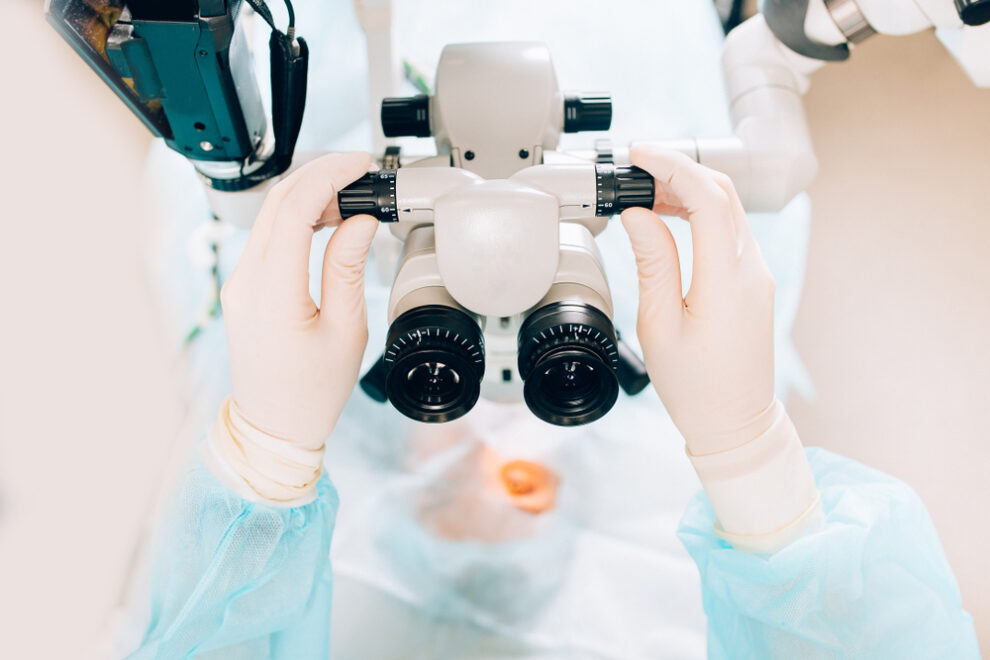Posted by: Chicago Arbor Eye Institute in Cataracts

Cataracts are one of the most common types of age-related vision changes. Although there is no way to prevent cataracts, cataract surgery is an effective treatment that can restore vision and eliminate cataract symptoms.
There are many options that you will have along your cataract surgery journey. For this reason, it’s important to have a full understanding of the procedure and options.
Laser cataract surgery may be one of these options you will have to consider. Keep reading to learn about some of the advantages of choosing laser cataract surgery!
What is Cataract Surgery?
Cataracts occur when the proteins that make up the natural lens of the eye form clumps that cause cloudy patches. These cloudy patches make it harder for light to reach the retina, disrupting normal vision.

Most cataracts are age-related, though they can also be congenital or occur after an illness or injury. Small cataracts may only cause minor vision issues, such as increased blurriness or difficulty seeing in low light.
Over time, cataracts can get larger. Eventually, they can cause blurry vision, making it difficult or impossible to do normal tasks like watching TV, reading, or driving.
The only way to restore vision affected by cataracts is to have cataract surgery. During cataract surgery, your eye doctor removes the clouded lens of the eye and replaces it with a perfectly clear artificial lens called an intraocular implant (IOL).
IOLs are transparent and selected based on your glasses prescription, so they can help eliminate cataract symptoms and provide you with crisp, clear vision. They can also correct common refraction errors, such as farsightedness or astigmatism.
When you’re planning cataract surgery, your eye doctor will talk to you about your IOL choices, as well as whether you want traditional cataract surgery or laser cataract surgery.
What Is Traditional Cataract Surgery?

During traditional cataract surgery, your eye surgeon uses precise surgical tools for each step of the procedure. They begin by making the initial incision with a single-use diamond blade to access the capsule surrounding the natural lens.
After that, they use specialized microsurgical instruments to make a tiny opening in the lens capsule to remove the cataract-affected lens and insert the IOL. They then use an ultrasonic probe to break up the natural lens and extract the pieces using a suction device.
Once the old lens is removed, your eye surgeon can insert the IOL. The flexible IOL is folded into a small tube for insertion, then unrolled and adjusted to the proper position in the same capsule that holds the natural lens.
Traditional cataract surgery is both safe and effective. The technique currently employed by eye surgeons has been used for decades, improving the vision of millions of people worldwide.
What Is Laser Cataract Surgery?
Laser cataract surgery is an advanced form of cataract surgery and begins with detailed imaging of your eyes. Your eye surgeon will use a laser device to create a 3D map of your eye, which gives them precise information about the exact location, size, and depth of the surgical incisions.
Once your surgeon has 3D images of your eye, they can use laser tools to perform the same surgical steps as traditional surgery. Lasers are effective for making the initial incision and creating the opening in the lens capsule.
Your cataract surgeon can use either lasers or ultrasonic tools to break up and extract the cataract-affected lens. Insertion and adjustment of the IOL are the same as in traditional cataract surgery.
What Are The Benefits of Laser Cataract Surgery?
Laser cataract surgery offers several advantages, such as:
Precision
The information from the 3D mapping guides allows your eye surgeon to begin the procedure with detailed information about the inner structures of your eye, so there is no guesswork about where incisions should be.
In addition, lasers are more accurate than traditional surgical tools. The size and placement of the opening in the lens capsule are important factors in cataract surgery, and laser surgery allows for precise placement and size of that opening.
Better for Complicated Cataracts
Cataracts vary in size and density. More severe cataracts can make it difficult for cataract surgeons to judge where to place the opening in the lens capsule and how deep the incision will need to be.
Laser mapping and programmable surgical lasers can make the process of accessing and removing severe cataracts more precise.

Astigmatism Correction
Laser cataract surgery may offer an opportunity for your cataract surgeon to correct astigmatism. Astigmatism is a common condition where your cornea, the clear dome-like structure at the front of your eye, isn’t perfectly round.
This can cause blurry or distorted vision. Your eye surgeon can perform limbal relaxing incisions (LRI) during laser cataract surgery.
These incisions gently reshape the cornea to alleviate astigmatism.
Easier Recovery
Laser tools are more efficient than ultrasound tools at breaking up and removing the cataract-affected lens. This can make the procedure easier on your eyes, resulting in less swelling and discomfort after surgery.
Both traditional and laser cataract surgery can give you excellent results. Once your cataract has been removed and a new IOL is inserted, you will be able to see better and experience more vivid colors.
The corrective prescription of your IOL can offer further vision improvements. Many people find that after cataract surgery, they have better vision than they’ve had in decades!
If you are ready for cataract surgery, your eye doctor will talk to you about which options are best for your vision needs. Schedule a cataract evaluation at Chicago Arbor Eye Institute in Chicago, IL, to learn more about laser cataract surgery!

